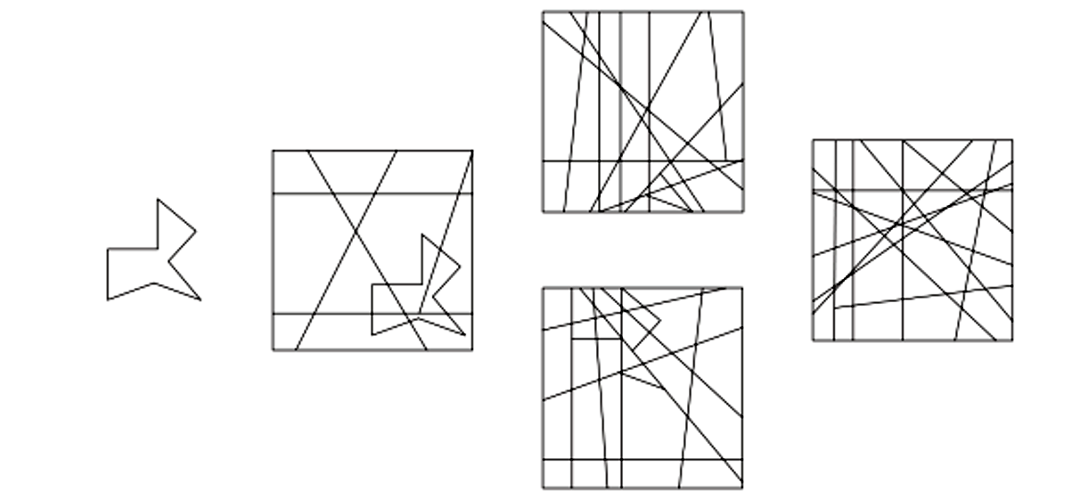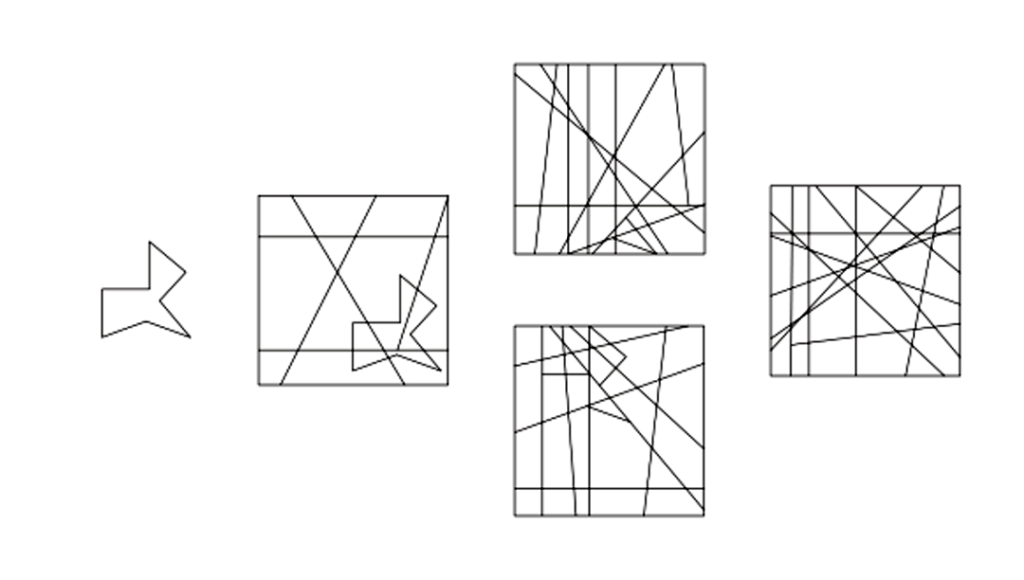Schizophrenia: a clear view of the world
29 September 2022

A study by EPFL and Synapsy has shown that schizophrenia does not impact the brain’s ability to assemble and interpret images – it just affects the speed at which complex visual recognition tasks are performed.
Schizophrenia is a heterogeneous disorder that is heavily influenced by genetic and environmental factors. Neuroscientists from EPFL and Synapsy have studied how visual tasks are processed in patients with schizophrenia and their siblings, as well as patients suffering from depression and a control group. The research had two aims: to improve our understanding of this complex mental disorder; and to distinguish it from other illnesses, in particular depression, which sometimes affects similar brain functions. The researchers discovered that the four groups had comparable abilities when it came to finding a hidden shape in a complex image, with the exception of the execution time for people with schizophrenia. Published in the journal Schizophrenia Research: Cognition, the results demonstrate that people with schizophrenia have an excellent capacity for assembling and interpreting images when given time. This is an important finding for our understanding of the disorder and attempts to destigmatise it.
Contact
Ophélie Favrod
PhD
Faculty of Life Sciences
BMI, Laboratory of Psychophysics
EPFL
ophelie.favrod@alumni.epfl.ch
+41 21 693 18 12
Michael Herzog
Full professor
Faculty of Life Sciences
BMI, Laboratory of Psychophysics
EPFL
michael.herzog@epfl.ch
+41 21 693 9646
DOI
10.1016/j.scog.2021.100227
A study by EPFL and Synapsy has shown that schizophrenia does not impact the brain’s ability to assemble and interpret images – it just affects the speed at which complex visual recognition tasks are performed.
Schizophrenia is a heterogeneous disorder that is heavily influenced by genetic and environmental factors. Neuroscientists from EPFL and Synapsy have studied how visual tasks are processed in patients with schizophrenia and their siblings, as well as patients suffering from depression and a control group. The research had two aims: to improve our understanding of this complex mental disorder; and to distinguish it from other illnesses, in particular depression, which sometimes affects similar brain functions. The researchers discovered that the four groups had comparable abilities when it came to finding a hidden shape in a complex image, with the exception of the execution time for people with schizophrenia. Published in the journal Schizophrenia Research: Cognition, the results demonstrate that people with schizophrenia have an excellent capacity for assembling and interpreting images when given time. This is an important finding for our understanding of the disorder and attempts to destigmatise it.

Schizophrenia is a serious mental disorder that affects around one person in 300 worldwide, according to WHO. These individuals generally have a disturbed perception of reality and suffer from hallucinations. In addition, they face social isolation and loneliness. Schizophrenia is a disorder that is still widely misunderstood due to the great heterogeneity of symptoms and causes, which are influenced by both genetic and environmental factors. Furthermore, the various mental disorders can be very similar and difficult to differentiate. For instance, while autism is often thought of as the opposite of schizophrenia, depression has a significant genetic overlap with the latter.
“To address this complexity, it is crucial to understand which brain functions are abnormal and which are unscathed”, begins Ophélie Favrod, the study’s first author and a neuroscience researcher at EPFL in Professor Herzog’s Laboratory of Psychophysics. “In addition, we need to be able to separate the different mental disorders”. As part of the study, Dr Favrod and her colleagues from Belgium and Georgia focused on how the minds of people with schizophrenia assemble and interpret visual information to make sense of the world around them.
Same ability to make visual interpretations
The EPFL researchers asked people with schizophrenia, their brothers and sisters, individuals suffering from depression and a control group to carry out the Leuven Embedded Figures Test (L-EFT). As Dr Favrod explains: “A shape is camouflaged in an image with varying degrees of difficulty, with the test simply consisting of finding it without any time constraints”.
Identifying the hidden images was found to be comparable for the four groups thanks to a Bayesian analysis – a statistical approach that factors in researcher bias prior to an experiment. “Our initial assumption in this instance, based on the scientific literature, was that people with schizophrenia had visual difficulties”. However, these individuals were slower to carry out the recognition task. The sibling group, which should logically have the same genetic traits, performed similarly to the control group. This indicates that the cognitive processes involved in the visual test are probably not an endophenotype of schizophrenia, and that people with the disorder do not have any impairment, strictly speaking, in identifying a visual target.
Informative results
It follows that the study, which was designed to evaluate visual abilities, was invalidated by the good performance of the sibling group. But, as the authors of the study point out philosophically, “the absence of evidence does not mean evidence of absence” since this negative finding pinpoints a reality: if people with schizophrenia are given time, they have no difficulty in telling shapes apart. “They don’t have more impairments than other people when performing these tasks, they are just slower. It’s important to know this: not just for people with schizophrenia but also for the image we have of the illness,” adds Dr Favrod.
Individuals suffering from schizophrenia probably do not see the passage of time the way other people do, as has been shown in other studies. Professor Herzog’s Laboratory of Psychophysics will carry on with the research work, “stratifying the cohorts more intensely based on the various symptoms. With the wide array of genetic variants and the disorder’s great heterogeneity, it is difficult to have the right statistical depth”.
Contact
Ophélie Favrod
PhD
Faculty of Life Sciences
BMI, Laboratory of Psychophysics
EPFL
ophelie.favrod@alumni.epfl.ch
+41 21 693 18 12
Michael Herzog
Full professor
Faculty of Life Sciences
BMI, Laboratory of Psychophysics
EPFL
michael.herzog@epfl.ch
+41 21 693 9646
DOI
10.1016/j.scog.2021.100227
